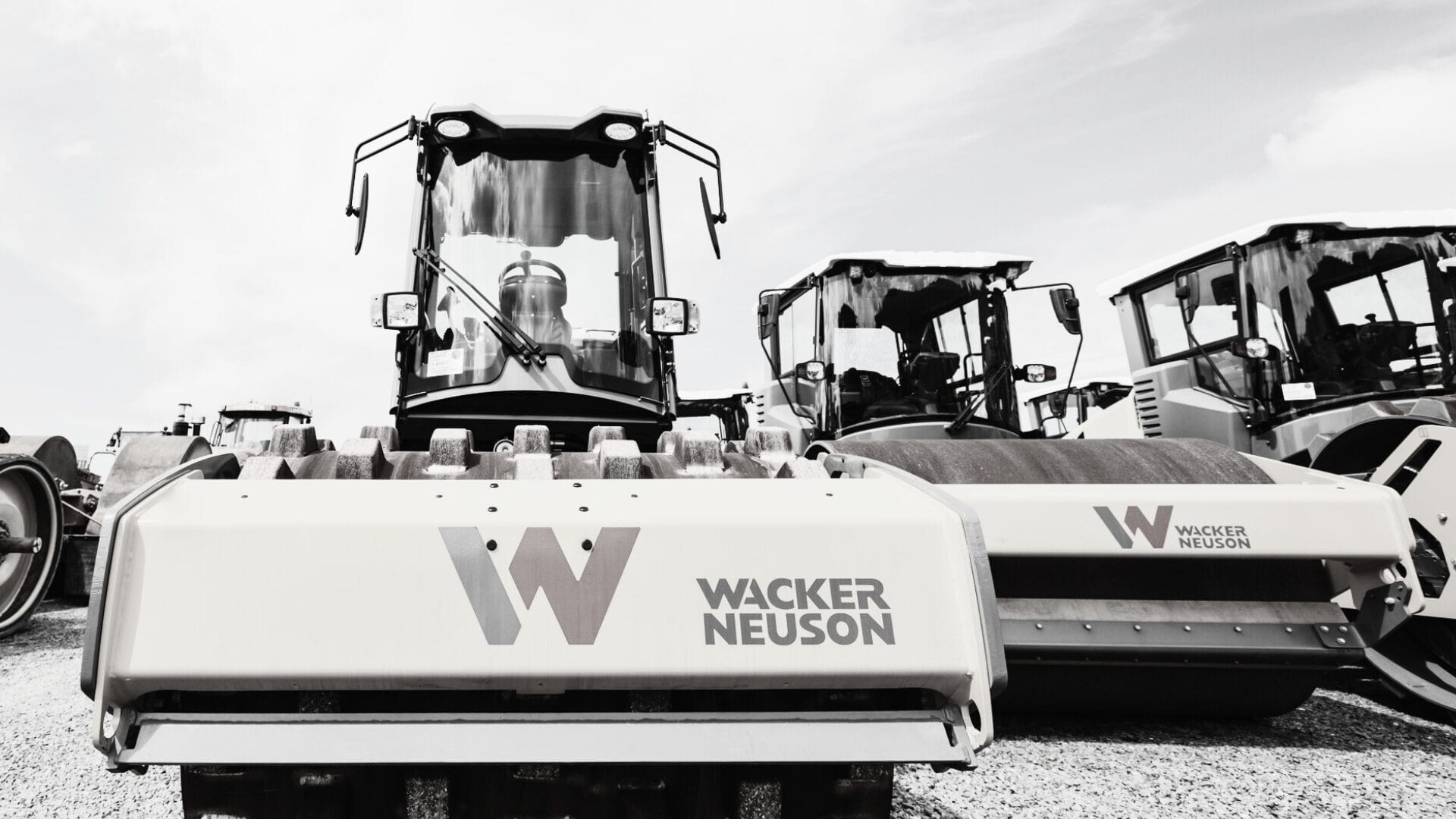What are corrugations in soil & dirt roads (and how to manage them)?
Compaction rollers are used in the construction of dirt roads to compress the soil and create a smooth and stable surface for vehicles to drive on. In road building, corrugation refers to regular ridges formed by displacement of loose material, creating a wave effect similar to that of windswept sands in a desert.
These ridges gradually become more pronounced over time due to the settling of unstable base layers, combined with repeated impact and friction from vehicles – fast-tracking the appearance of potholes and other hazards.
The progression of soil corrugation is greatly accelerated where compaction has been insufficient or uneven. Compaction aims to compress soil until it’s tightly packed and resistant to erosion. While logic might suggest that, over time, vehicles would actually flatten out any loose material not fully compacted during construction, surfaces with higher traffic volume are proven to be more prone to corrugation.
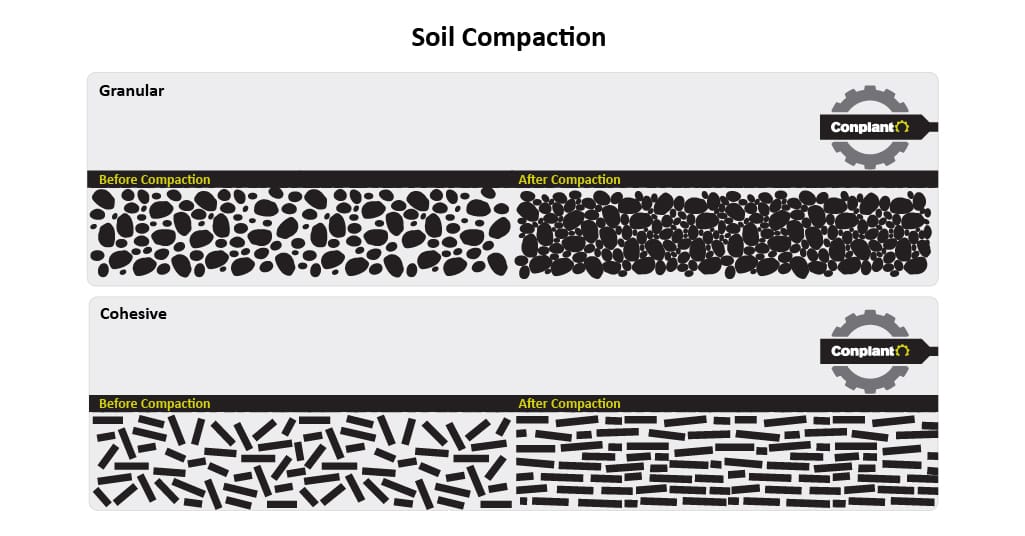
Corrugated roads negatively affect comfort, safety, speed, and – ultimately – maintenance costs. It’s critical, therefore, to prepare base layers with the right compaction equipment and requisite care.
When compaction rollers move too quickly, it can cause some sections of road to become more compacted than others. With uneven soil compaction, this increases the risk of corrugation and irregularities such as potholes when exposed to vehicle traffic and the elements.
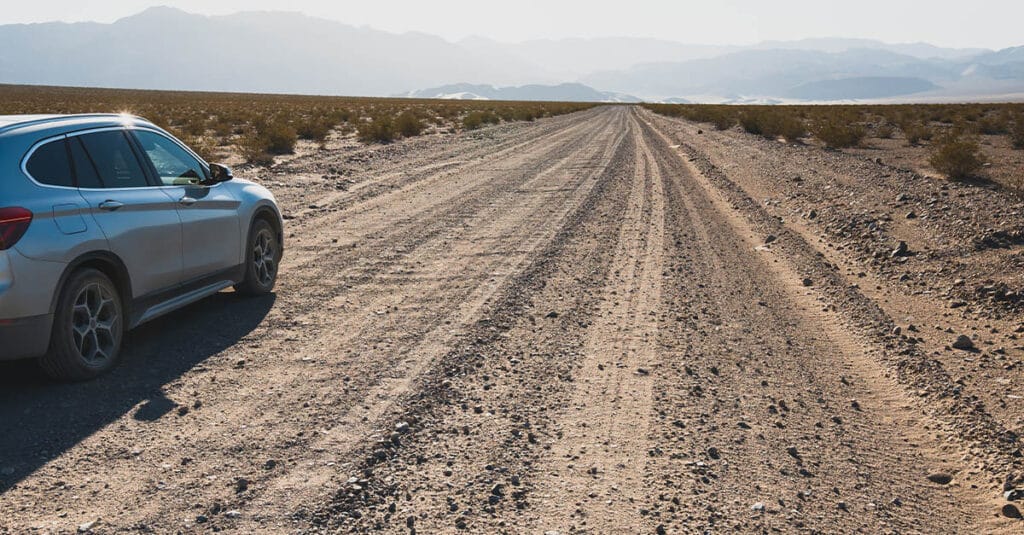
Corrugations form perpendicular to the flow of traffic, causing a bumpy ride for motorists. In contrast, rutting – or tyre tracks – are a similar deformation which occur ‘vertically’, with troughs worn down along wheelpaths.
The aim of compaction is to create a flat, level surface. Corrugation should therefore be eliminated, or at least delayed for as long as possible on unsealed roads. Road quality and longevity starts with firm, evenly compacted base material.
Project timelines and budgets often dictate a speedy approach, but there’s a high risk that this will prove more costly in the long-term. So, what are some of the dangers posed by poor soil compaction?
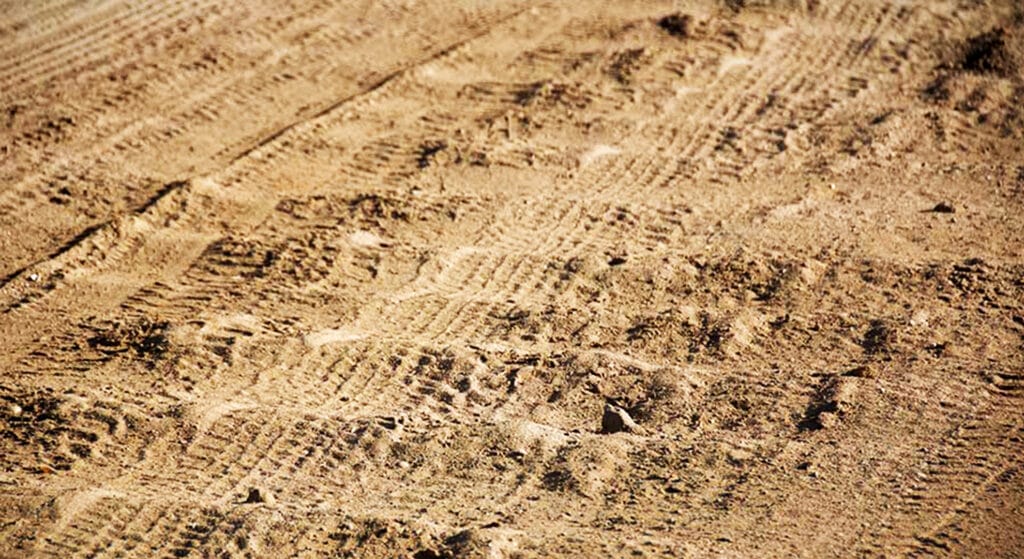
Effects of corrugations in dirt roads
Corrugations in dirt roads can cause noticeable vehicle vibrations, resulting in a bumpy ride. But the risks go far beyond discomfort. Vehicle damage and passenger safety are also major concerns on uneven surfaces.
The ridges may not always be obvious from the driver’s viewpoint – especially at high speeds – and unlikely to be signposted. Corrugation greatly increases the risk of accidents by reducing the surface contact area between tyres and road. This reduces the amount of control a driver has, as well as potentially causing damage to vehicles and their cargo due to rapid jolting and shuddering. This is not to mention the ongoing costs of repairs, maintenance, and any downtime due to vehicle damage.
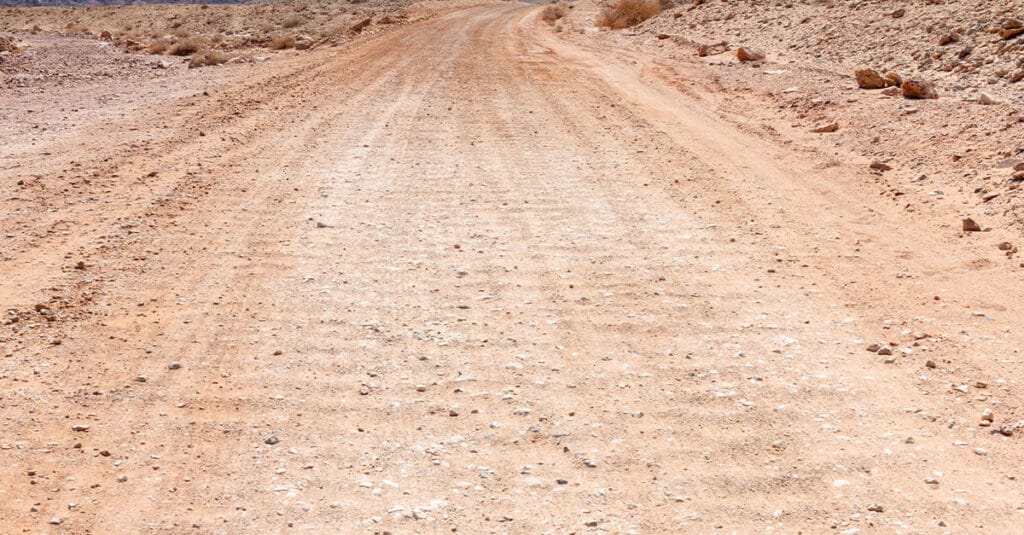
How to avoid corrugations on dirt roads
Achieving a smooth, durable finish relies heavily on roller speed. Determining the optimal roller speed for a project, in turn, relies on several factors including soil type, moisture content, and the force being applied – in other words, the weight and type of roller being used.
For most soil types, 3-5 km/h tends to be the recommended roller speed. However, it’s important to always refer to the manufacturer’s specifications and recommendations for the compaction roller being used. Slower travel speeds will compact heavier lift thicknesses more effectively due to the longer duration of compaction. With many variations of roller weight and style, this will ensure that equipment is operated at the appropriate speed for optimal compaction to yield the best results.
Read more in our simple guide to compaction
The more tightly bound a surface is, the more impervious the surface becomes, making it more resistant to potential future corrugations caused by impact and erosion. While thorough preparation and mitigation is always preferable to having to perform ongoing surface repairs, there are ways to address corrugation after the fact.
Where corrugation has occurred, road maintenance personnel can carry out dragging or grading to smooth out deformities and minimise their degradation over time. In some cases, re-grading or re-compacting the road surface may be required to completely fix the issue. Another remedy is to apply non-vibrating passes with a steel or multi-tyred roller to tighten up the surface.

Which compaction roller is best suited to my project?
The nature and scope of each job will determine which size and type of compaction roller is best suited for your project. In some cases, a combination of various rollers may be required. There are a number of rollers capable of road building and maintenance applications, including:
- Smooth drum roller 6-8t / 11-14t / 14-16t / 16-18t Ideal for compacting a wide range of materials including gravel, sand and other granular or non-cohesive mixed soils. Well suited to industrial sites, driveways, road construction and repair.
- Padfoot roller 6-9t / 11-14t / 14-16t Mid-to-large sized padfoot rollers are highly effective on building sites and for main road construction. They can handle high-volume, heavy-duty compaction work on most types of soil and clay masses.
- Tandem roller 1-2t / 2-3t / 4-5t / 7-9t / 9-14t A vibrating drum makes it ideal for road base and smooth asphalt finishes on jobs where it’s important to keep up with incoming materials – for example, following an asphalt paver on major road projects, highways, large parking areas or driveways.
- Multi-tyred roller 3-4t / 5-12t / 9-10t (vibrating) / 12-18t / 18–24t Suited to compacting sub grades, road base and asphalt finishes including preparation and application of asphalt, spray seals and some stabilisation projects. Ideal for road maintenance and construction, such as large civil projects or local highways.
- Combination roller 3-5t / 7-8t / 9–10t Great for compacting thin layers and soft asphalt compounds, making them ideal for road maintenance, large civil projects and local highways.
- Trench roller These multi-purpose compactors are generally used for trench compaction. Trench rollers are used by electricians, plumbers and builders to securely bury cables and pipes and for the compaction of roads and car parks, among other applications.
Need a hand getting your next project on the road? Give us a call on 1300 166 166 or get an online quote now.
Check out Australia’s most comprehensive roller hire range and get the job done.




